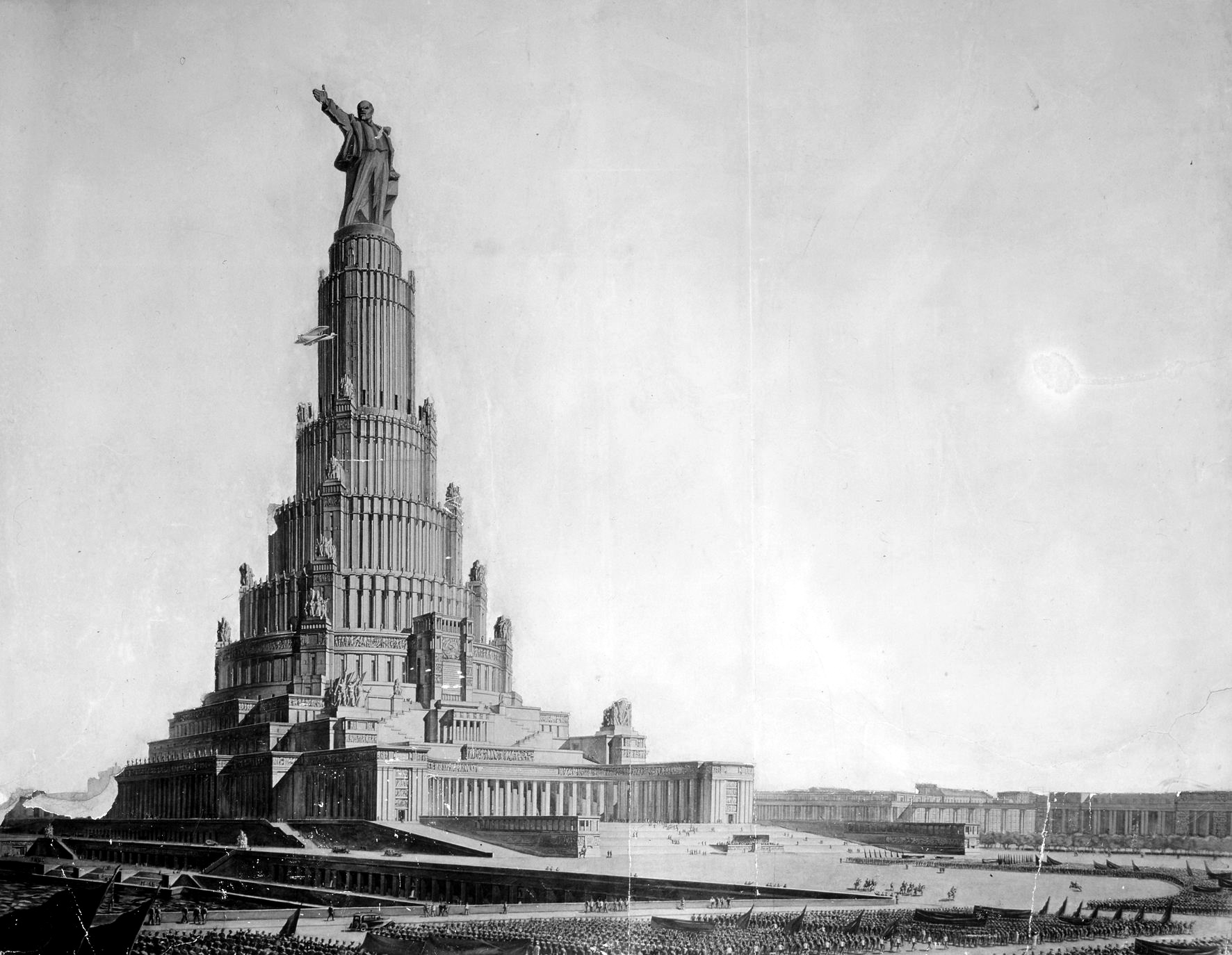Moscow, 1937 by Karl Schlögel
My rating: 5 of 5 stars
The original title, Terror und Traum (Terror and Dream), really summarises the book perfectly. Schlögel paints a wide tapestry over Moscow and the Soviet Union at a time when it had emerged from the civil war and the future looked bright, but hundreds of thousands were consumed by Stalin’s terror.
We taken on a flight through the new Moscow, a modern city growing ferociously, where the Palace of the Soviets is just being built, where the lunapark in Gorky Park is entertaining children and adults alike, where one parade after the other marches across the Red Square, but where the workers of the Stalin Automobile Plant lived in utter squalor and hudreds of people per day were shot in the back of the head at the Butovo Shooting Range.

It’s hard to overstate the contrasts between the glitzy storefronts of Moscow with schoolchildren queuing six hours for a loaf of bread.
At the same time as Soviet aviators are wowing the world with their record flights and western intellectuals like André Gide and Lion Feuchtwanger are charmed by Stalin and the culture of the USSR the show processes are sentencing “saboteurs” to their deaths and the troikas are sending “enemies” to be shot in such numbers that the phone books stop being published – they can’t keep up with the changes.
While the cultural Russia is celebrating the Pushkin jubilee with public readings and theatre, hundreds of thousands of prisoners are toiling with the most primitive tools to dig the Moskva-Volga Canal.
Moscow, 1937 is a terrifying and wonderful book giving an insight into a world new hope and shattered dreams. What should have been a major chapter in the history of the world became just a prelude to the greater disaster of the world war.
